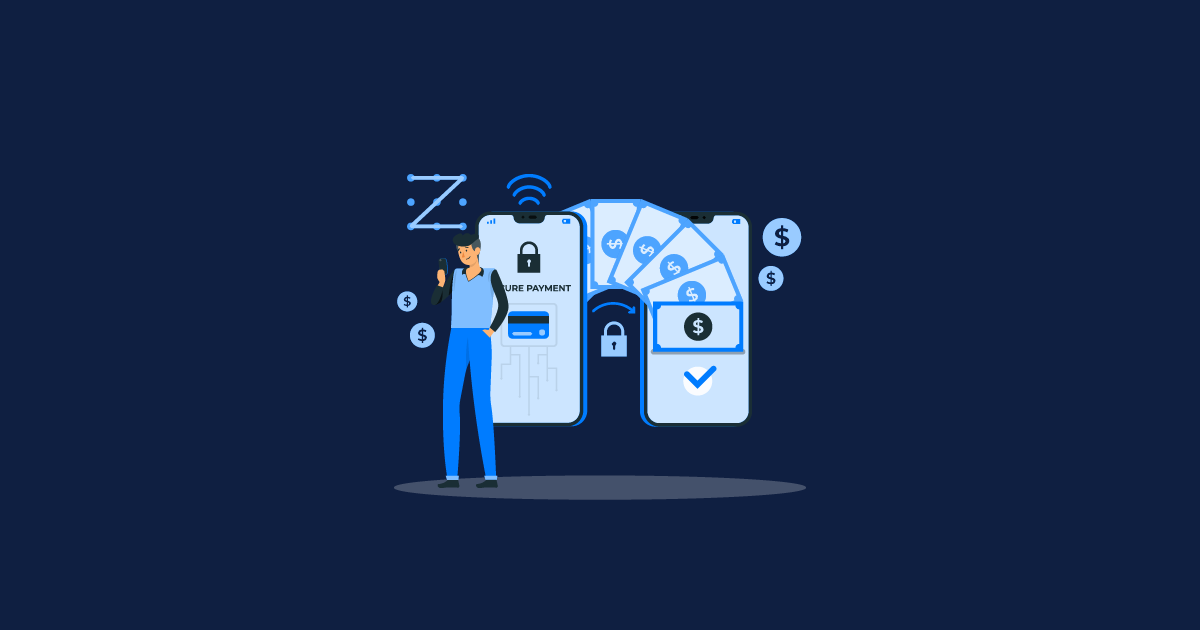Discover essential security testing strategies to safeguard your business against the growing menace of ransomware.
According to Statista, In 2022, organizations worldwide detected 493.33 million ransomware attempts.
Despite proactive measures to enhance preparedness, many companies feel compelled to pay ransoms. This is often due to the fact that the expense of prolonged downtime to restore from backups with constrained resources is more than the ransom demand.
This has to be avoided at all costs. In this article, we will discuss why testing your ransomware defences is important and the types of testing needed in ransomware attacks that can help in assessing and improving ransomware preparedness:
What is Ransomware?
Ransomware is malicious software that targets computers and networks, encrypts the data they contain, and then demands a ransom from the victim to unlock it. This software can completely lock the victim out of their own data, making it worthless until the ransom is paid or a way to decrypt it is discovered.
Ransomware attacks can cause:
Costly disruptions to operations
Loss of critical information and data
Organizations being left without the data they need to operate
Organization's reputation can be negatively impacted
Why Test Your Ransomware Defenses?
The ability to withstand a ransomware disaster depends on how well-prepared you were before the attack. Three main pillars form the foundation of this readiness. First, by creating ransomware protection measures. Secondly, by doing penetration testing to examine your weaknesses. Thirdly, by putting recovery protocols to the test, you can provide your team with a better grasp of your recovery tactics and defence mechanisms. There are many reasons to test your ransomware defences, but some of the most important ones are as follows:
Identify Vulnerabilities:
Regular testing helps you identify weaknesses and cybersecurity vulnerabilities in your security infrastructure, including software, hardware, and human factors. This allows you to address these issues before cybercriminals can exploit them proactively.
Evaluate Preparedness:
Testing assesses your organization's readiness to respond to a ransomware attack. It helps you evaluate the effectiveness of your security measures, incident response plan, and employee training.
Reduce Risk:
By identifying and addressing vulnerabilities and weaknesses, you reduce the risk of falling victim to a ransomware attack. This proactive approach can save your organization from data loss, financial losses, and reputational damage.
Compliance and Regulations:
Many industries and regions have specific cybersecurity compliance requirements and regulations. Testing ensures that you are in compliance with these rules and standards, potentially avoiding legal and financial penalties.
Enhance Incident Response:
Testing allows you to fine-tune your incident response procedures. It helps your organization understand how well it can contain, eradicate, and recover from a ransomware attack. This can minimize downtime and operational disruption.
Data Recovery:
Regular testing of backup and recovery procedures ensures that you can quickly recover data in the event of a ransomware attack, reducing the likelihood of paying a ransom.
Security Awareness:
Simulating real-world ransomware scenarios through testing raises awareness among employees about the dangers of ransomware and how to recognize and respond to potential threats.
What Type of Testing is Needed in Ransomware Attack?
An organization's preparedness and resilience are evaluated and improved through proactive and reactive test methods for ransomware attacks. The purpose of these tests is to find vulnerabilities in your security systems and processes. The following tests can be used to evaluate and enhance one's readiness against ransomware:
Penetration Testing (Pen-Testing):
Conduct simulated ransomware attacks (with permission) to evaluate how easily an attacker could invade the network and systems. This helps identify weaknesses in defences.
Data Backup and Recovery Testing:
Regularly validate data backups to ensure they are complete, up-to-date, and can be quickly restored in the event of ransomware encryption. This testing helps protect against ransomware, minimizing downtime and data loss.
Vulnerability Assessment:
Regularly scan and assess the network and systems for vulnerabilities that can be exploited by ransomware. This includes identifying unpatched software, misconfigured settings, and weak access controls.
Phishing Simulations:
Test the organization's susceptibility to phishing attacks, as they are a common entry point for ransomware. Phishing simulations evaluate employee awareness and training effectiveness.
Incident Response Testing:
Develop and test an incident response plan specific to ransomware attacks. This should include tabletop exercises and full-scale drills to ensure an effective response in case of an actual attack.
Security Awareness Training:
Continuously educate employees about the risks of ransomware and best practices for recognizing and responding to potential threats. Evaluate the effectiveness of training through testing and ransomware risk assessments.
These testing measures are essential to enhance an organization's resilience to ransomware attacks and minimize the potential impact on critical business operations and data.
Final Words!
Amidst the notable surge in cyber threats, it becomes imperative to emphasize the significance of cybersecurity awareness for protecting your workforce and your organization in the digital realm.
Implementing the type of testing, we discussed above helps you identify and address vulnerabilities before they can be exploited by cybercriminals. Remember, staying one step ahead of cybercriminals is the key to survival in this evolving threat landscape.



